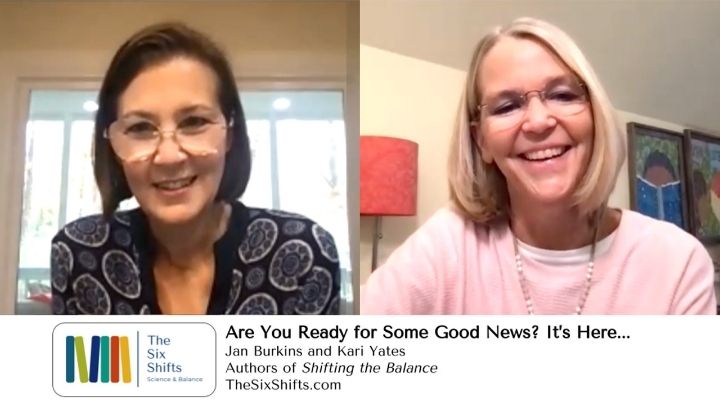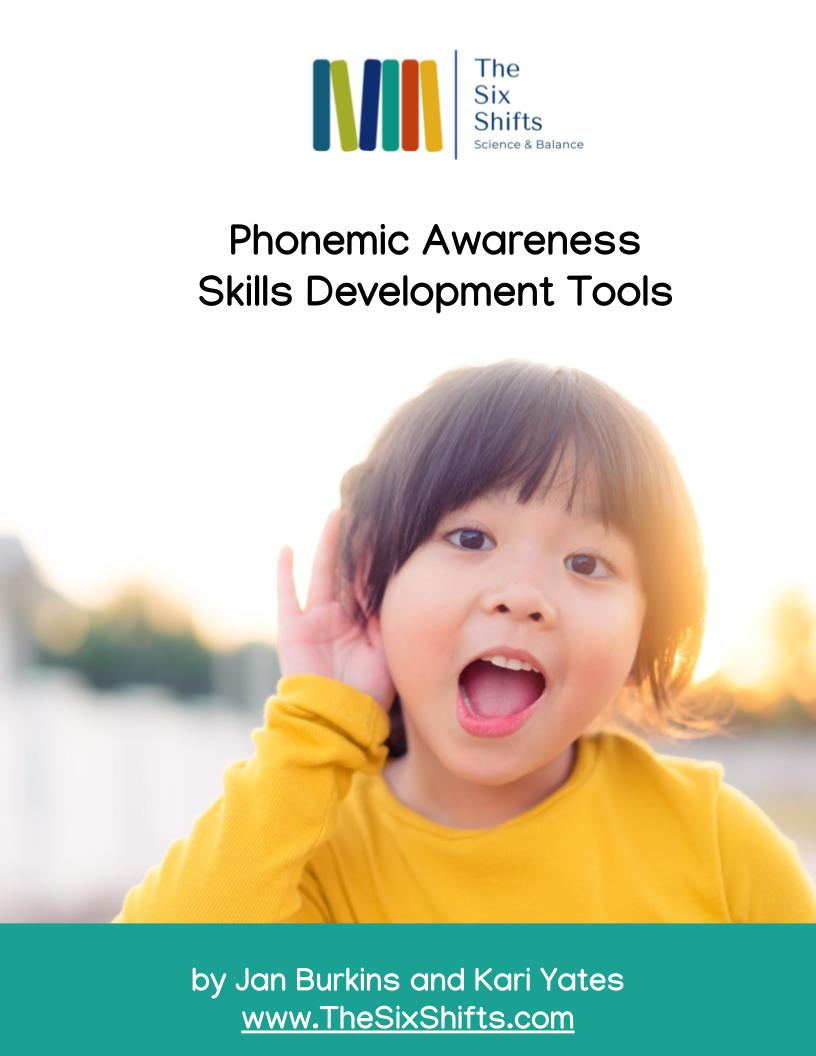It’s exciting when the little people we support start to know and recite some letter names and their associated sounds in response to seeing those little black marks on a page.
But the problem is . . .
…we’ve all known children who know LOTS, if not ALL, of the letter names and sounds but have NOT understood how to use this item knowledge to actually read. Despite having all the pieces they need to read, they lack some processes, so they still struggle.
Even if you know the letter names and sounds, learning to read can still be hard.

Why is this? What’s going on?
Well, more often than not, it’s that children have not yet developed a clear understanding of the role that those individual sound bits inside of spoken words–otherwise known as phonemes–play when it comes to reading.
In other words, phonemic awareness is often the missing piece.
In fact, for most struggling readers, lack of phonemic awareness is the barrier blocking the road to reading. So, if you know some children who know lots of letters and sounds, yet are still struggling, you’ll definitely want to get curious about their phonemic awareness skills.
Yet, children shouldn’t have to start to show signs of struggle before we zoom in on intentional phonemic awareness instruction. Strong core instruction in phonemic awareness is something that every child deserves.
Knowing that phonemic awareness is a critical missing piece for so many would-be-readers is really GOOD NEWS because it means there’s a whole lot you can do to make learning to read easier, rather than harder for children.

Not only is phonemic awareness instruction a game changer for readers, but there’s good news for the adults,as well.

Good news! You don’t need to find a big chunk of time. A few intentional minutes per day can make a huge difference. In fact, research shows that when it comes to phonemic awareness instruction, consistency is even more important than quantity.
Example:
You can weave some intentional phonemic awareness work into existing routines in your day. One of our favorites is the addition of a few rounds of “What’s My Secret Word” to your morning meeting.
- Teacher: Listen to the sounds I say. Then see if you can blend them together to figure out my secret word . . . /sh/-/eee/-/p/?
- Children whisper the secret word to their partner.
- Teacher: Give me a thumbs up if you think you figured out my secret word? When I count to three, everyone say the word together! 1…2…3…
- Students: Sheep!
A few weeks down the road, once children are familiar with the procedure and ready to practice segmenting, you can trade roles. They can each choose a secret word to segment for their partner to blend together.

Good news! You don’t need a lot of fancy stuff. Just some simple basic classroom supplies.
Some of our favorite tools for representing the sounds in words include:
- bingo chips or counting beads
- round magnets on a cookie sheet
- Unifix cubes that can be put together to blend or pulled apart to segment, and
- Matchbox cars for children to drive into parking spaces made with masking tape or drawn on paper

Good news! Children think phonemic awareness is fun! Just because phonemic awareness instruction is really, really good for beginning readers doesn’t mean it can’t be really, really fun, too! When we keep it light and playful, children look forward to this daily practice as they find and manipulate those little sounds inside of words.
Are you ready for a more intentional approach to phonemic awareness instruction?
In this ready-to-use instructional resource, we offer word lists and language prompts to support cohesive phonemic awareness skills development, as described in Chapter 3 of Shifting the Balance. The guide is organized sequentially to align with the skills progression offered in Shifting the Balance, moving from stepping stone skills to the power skills of blending, segmenting, adding, deleting, and substituting/changing phonemes.
How will you bring more intention to your phonemic awareness instruction to your classroom or school, today? One small step can start the momentum!




Thank you! I always look forward to your golden nuggets! ❤️
So glad to hear you find the content helpful!